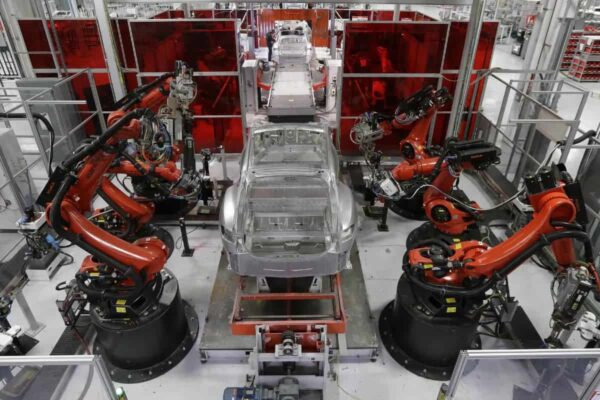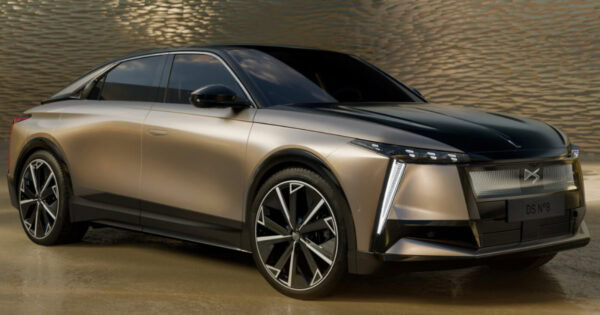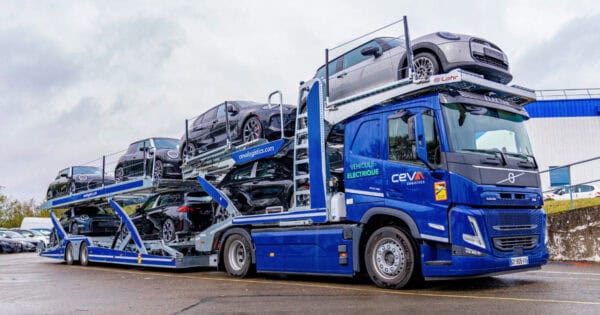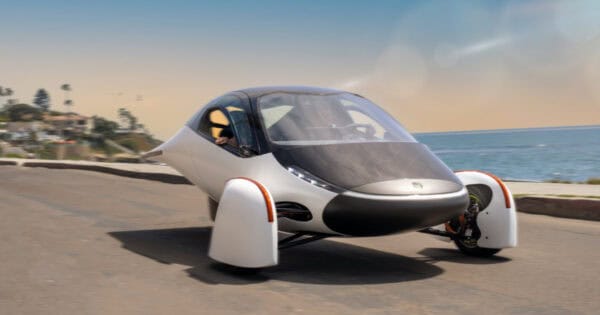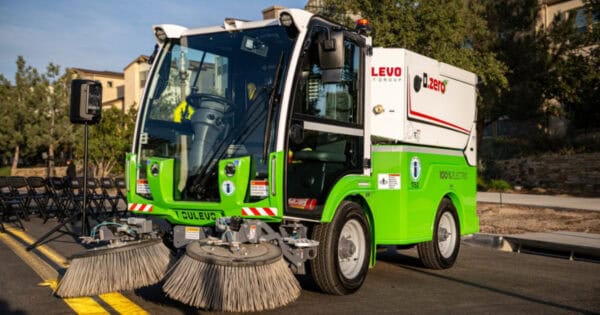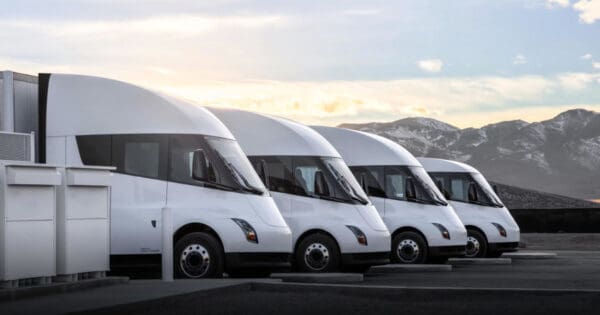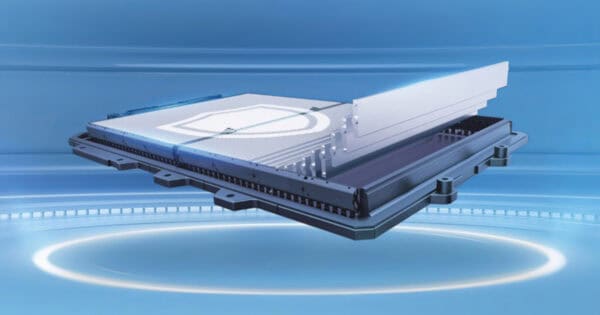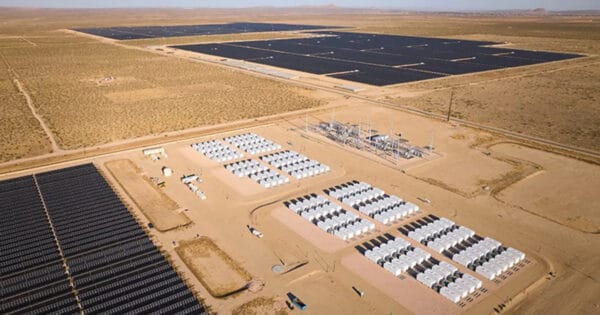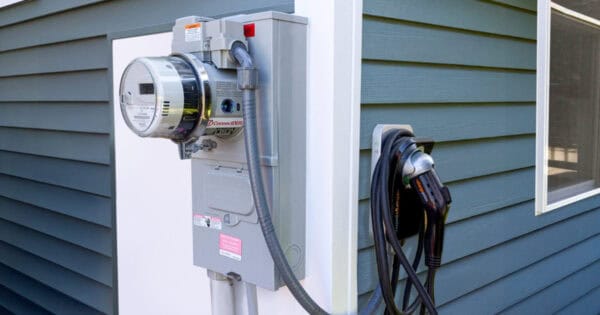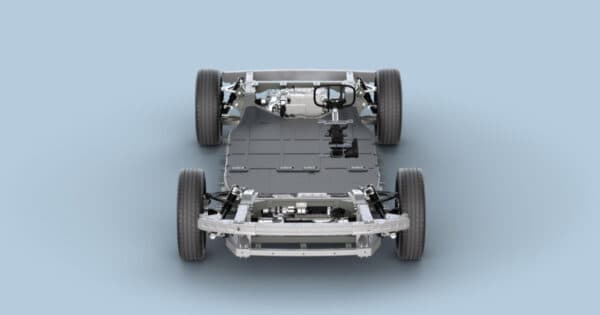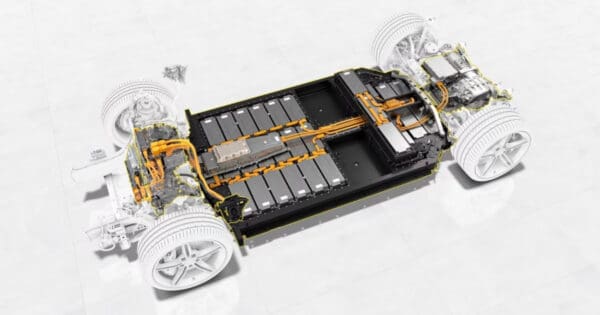Trump’s Tariffs, A Double-Edged Sword for Tesla’s Electric Vehicle Dominance August 13, 2025 Trump’s 2025 tariffs raise Tesla’s component costs by millions while shielding it from import duties, affecting EV adoption and renewables like solar.
Lightship RV Introduces AE.1 Cosmos Edition: Pioneering the Future of Electric RVing January 3, 2025 Lightship RV’s AE.1 is the world’s first aero-electric travel trailer, offering sustainable luxury with zero range loss. Learn more about this eco-friendly innovation.
Lilium’s Last-Minute Lifeline: €200M Injection Resuscitates eVTOL Dreams January 2, 2025 Lilium secures €200 million from new investors, marking a pivotal moment for the eVTOL industry’s future.
CycloTech BlackBird Flying Taxi Unveils CycloRotor Technology January 1, 2025 CycloTech ushers in a new era of urban air mobility with its unique 360-degree propulsion system, the future of flying taxis.
UP.FIT Delivers Next-Gen Tesla Patrol Vehicles December 27, 2024 UP.FIT introduces Tesla vehicles for law enforcement, offering unmatched safety and performance with zero emissions.
Stellantis DS N°8: The Pinnacle of Electric Luxury December 12, 2024 The Stellantis DS N°8 introduces a new era of electric luxury with unmatched range and design. Learn more about this flagship model.
Silent Revolution: Dust Moto’s Hightail Redefines Electric Dirt Biking December 10, 2024 Dust Moto’s Hightail offers 32kW of power in a silent, lightweight package, redefining electric dirt biking in the U.S..
First in the Sky: Archer and UAE Join Forces for Commercial eVTOL Flights December 6, 2024 Archer Aviation partners with UAE to launch the first commercial electric air taxi service, transforming urban mobility.
BMW and CEVA Logistics Revolutionize Car Transport with Electric Carriers in Paris December 3, 2024 BMW and CEVA Logistics test an electric car carrier in Paris, aiming for reduced carbon footprints in vehicle distribution.
Aptera Revives Crowdfunding: Your Chance to Invest in Solar-Powered Cars December 2, 2024 Aptera’s innovative approach to solar-powered cars gets a boost with a new round of equity crowdfunding – a step closer to eco-friendly driving.
Introducing Evie, Irvine’s First Electric Street Sweeper December 1, 2024 Irvine’s new Dulevo D-Zero Plus electric sweeper enhances urban cleanliness while cutting carbon emissions.
Caltrain’s Electric Leap: Revolutionizing Commutes from SF to San Jose December 1, 2024 Caltrain completes a historic shift to electric trains on the SF-San Jose route, enhancing speed, frequency, and sustainability.
Biofuels in Aviation: A New Dawn for Sustainable Flight January 22, 2025 The Farm to Fly Act aims to revolutionize aviation fuel, expand the shift to sustainable energy in air travel.
Tesla’s $100M Leap Forward: Building the Future of Electric Trucking in Illinois January 15, 2025 Tesla, alongside key industry partners, secures $100M to expand EV charging for trucks in Illinois, marking a major step in commercial electric logistics.
BYD Blade Battery 2.0: Revolutionizing EV Economics with a 15% Cost Cut December 12, 2024 BYD targets a 15% cost reduction with its new Blade Battery 2.0, set to transform electric vehicle affordability in 2025.
Arevon Eland 1 Project: California’s Mega Solar-Storage Plant Powers Up December 11, 2024 Eland 1, a massive solar-plus-storage project in California, is now operational, boosting local economies and green energy.
Nextracker’s Leap: First 100% US-Made Solar Trackers Hit the Market Post-IRA December 11, 2024 Nextracker delivers the first U.S.-made solar trackers, boosting local manufacturing thanks to the Inflation Reduction Act.
ConnectDER Meter Socket Adapter Simplifies Solar, Battery, and EV Integration December 9, 2024 ConnectDER’s new meter socket adapter promises to make solar, battery, and EV charging simpler and more cost-effective.
Revolutionizing Agriculture: Voltiris Wavelength-Selective Solar Panels In The Field December 5, 2024 Harnessing sunlight for dual benefits, Swiss innovation in agrivoltaics transforms farming.
Form Energy’s Iron-Air Innovation: Transforming A Steel Mill Into A Battery Powerhouse December 3, 2024 West Virginia’s old steel mill has a new lease on life, producing innovative batteries that could change how we store renewable energy.
Agrivoltaics Revolution: Sun’Agri Boosting Grape Yields Up to 60% While Carbon Farming December 3, 2024 French vineyards see up to 60% increase in grape yield with agrivoltaics, aligning sustainable farming with solar energy.
Sargassum to Superfuel: How Caribbean Seaweed is Revolutionizing Green Transport November 29, 2024 Caribbean scientists turn invasive seaweed into biofuel, marking a breakthrough in sustainable energy.
Canoo and DIU Expand Partnership for Advanced Military EV Battery Tech July 11, 2023 Canoo Technologies amplifies partnership with DIU, pioneering advanced EV battery packs for military use and boosting US defense tech.
BYD-Huaihai Partnership Boosts Sodium-Ion Battery Production July 11, 2023 BYD and Huaihai Holding Group partner to lead global production of sodium-ion batteries, pushing electric vehicle technology forward.


